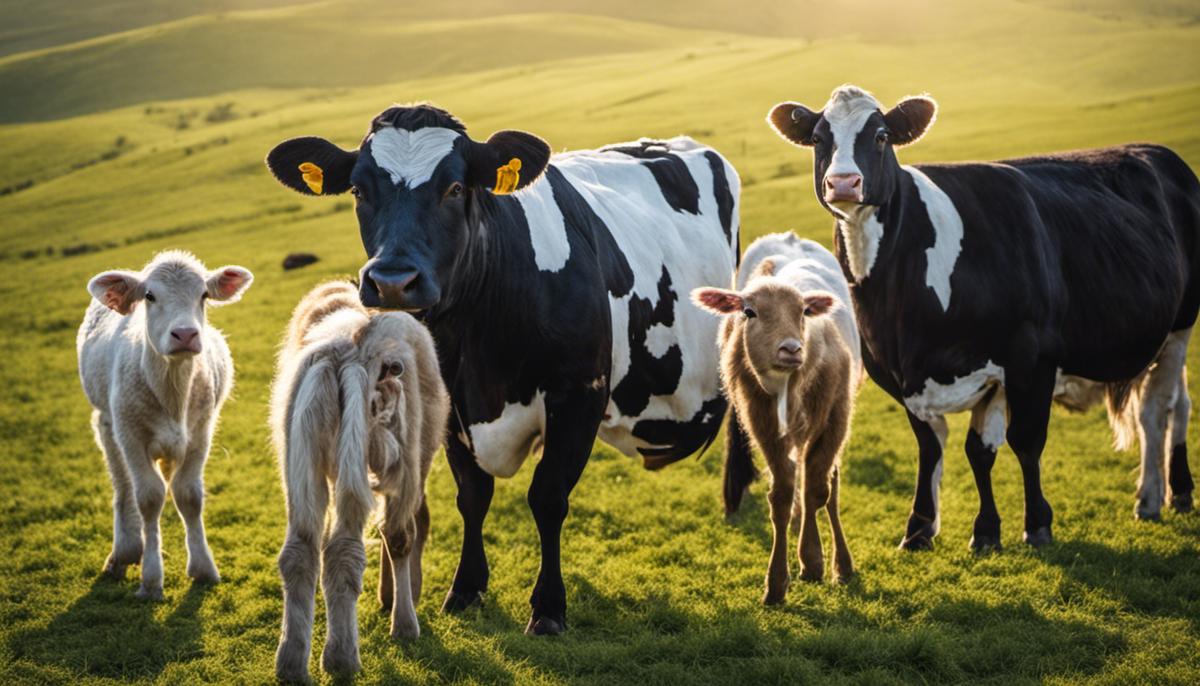

Agridisk
Egypt - Alexandria
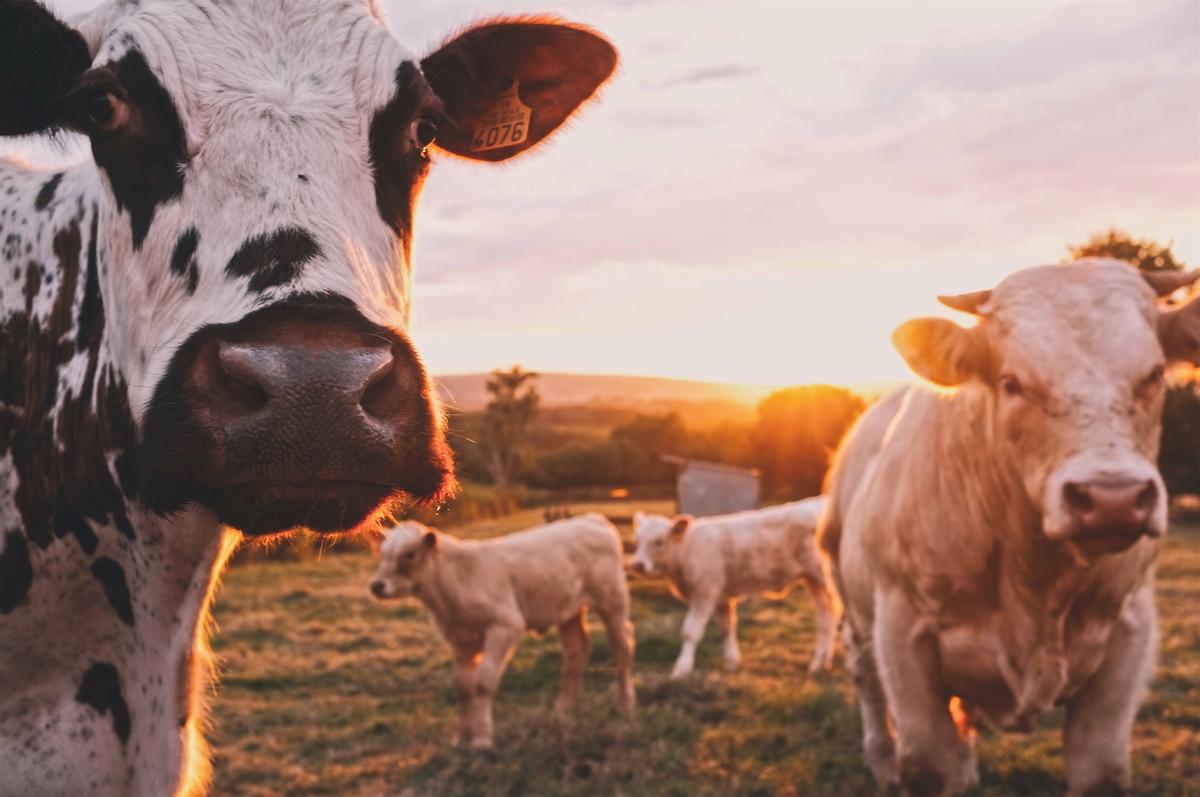
Livestock farming | All about Definition, Methods, Breeds, & Facts
Description: Livestock farming, or animal husbandry, is the systematic practice of rearing animals in a manner that optimizes the yield of animal products like milk, meat, eggs, wool, and so forth. This enduring agricultural trait possesses immense significance, not only in enhancing the global food-supply chain but also in contributing to environmental sustainability, human livelihood, and socio-economic development. To begin comprehending the importance of livestock farming, it is essential to acknowledge its contribution to food security. As global populations continue to burgeon, so does the demand for protein-rich food sources. Livestock farming provides a reliable supply of essential nutrients, such as proteins, fats, and a wide range of micronutrients often challenging to obtain from plant sources. Consider, for instance, the dairy sector, which offers products rich in quality proteins, crucial vitamins, and minerals. Similarly, poultry and meat production provide valuable proteins and energy sources. Thus, livestock farming plays an indispensable role in satiating the escalating global demand for nutrient-rich food items. Furthermore, livestock farming acts as a bulwark against impoverishment for countless households worldwide, particularly in developing nations. The rearing of livestock provides both income and employment opportunities for rural communities who heavily rely on this sector for their subsistence. The International Livestock Research Institute estimates that livestock livelihoods support about 600 million poor smallholder farmers in the developing world. Not limited to monetary terms, livestock also symbolically signifies wealth and social status in many cultures, and functions as a form of insurance against crop failure and natural disasters. Paradoxically, while livestock farming has been implicated in environmental concerns, such as greenhouse gas emissions and deforestation, it also forms an integral part of sustainable land management. Millions of hectares of grasslands worldwide are unsuitable for crop production but can be efficiently used for grazing animals, driving nutrient cycling, and promoting biodiversity. Additionally, livestock farming crucially influences a country's economic health, contributing significantly to agricultural GDP. This sector augments export earnings, providing key raw materials to industries (like leather, wool), and aids in value-added production of dairy items, fostering industrial development and generating tax revenue. Scientific advances are continually refining livestock farming methods for improved efficiency, animal welfare, and minimal environmental impact. Key research areas include precision farming, genomics, and advanced breeding techniques aimed at healthier, more productive animals that can thrive on less resource-intensive diets. In conclusion, livestock farming is an indispensable aspect of human civilization, imparting resilience to food systems, preserving livelihoods, aiding environmental conservation, and bolstering economies. It is a sector that should not be overlooked, but instead, should be continually refined for increased efficiency and sustainability, acknowledging its multi-dimensional role in shaping our world. As we turn our focus towards sustainable methods of livestock farming, it is essential to understand that these methods are not merely evolved adaptations, but strategic processes pioneered by relentless scientists and researchers. These diverse methods have their core principles rooted in ecological responsibility, animal welfare, and socio-economic impact. The conventional, or traditional method of livestock farming often entails free-ranging or open pasture systems. Animals are usually grazed in open areas, leveraging their natural behavior and diets. This arrangement can serve as an ecological imperative as well, promoting soil regeneration and maintaining biodiversity. Yet, the paradigm expands beyond the realms of the conventional. Managed Intensive Rotational Grazing (MIRG) represents a more systematic approach. Earth-conscious farmers strategically move their stock in sync with growth rates of forage crops, engendering a sense of balance in the ecosystem by preventing overgrazing and soil degradation. It is a testament to our manipulative power over the environment and seeks to convert it into guardianship rather than exploitation. Parallelly, Industrial Livestock Production (ILP) stands at the more advanced end of the spectrum, incorporating technology and bioengineering techniques. It is intensive, high-density rearing of livestock in controlled environments, leveraging advanced feed formulas and veterinary care. This approach is advantageous for its outstanding meat delivering capacity, which in turn contributes to food security. Yet, it invites contention due to potential environmental impacts and animal welfare issues. Modern livestock farming also began to encompass a combination approach, marrying the virtues of ecological mindfulness and technological intervention. Precision Livestock Farming (PLF) aptly epitomizes this fusion. Rooted in the usage of sensors, cameras, and microphones to monitor animals, this method enables real-time management of livestock health and welfare. As a corollary, it significantly reduces mortality rates and improves overall productivity. Taking a step further into the realms of ecological mindfulness, we find the concept of Agroforestry, the practice of combining livestock within wooded habitats. The integration of trees and shrubs with pastureland not only contributes to biodiverse ecosystems but also enhances animal wellbeing by offering natural shelter and additional nutritional sources. Then, in the realm of poultry farming, there is the Free-Range method, contrasting heavily with battery cages or broiler houses. This method emphasizes chickens' mobility, allowing them outdoor access, contributing substantially to animal welfare. Such farming, depending on the management, can also contribute to better waste management and reduced environmental contamination. The final approach - the Organic method embodies a rigorous standard of animal welfare, ecological balance, and no usage of synthetic inputs. Every element of this method aligns with the natural life cycle and behaviors of animals, effectively reducing the rates of disease, improving animal welfare, and resulting in organic products of high nutritional value. As we navigate through the varied tapestry of methods in livestock farming, it is clear that there is no one-size-fits-all model. The merit and choice of a particular method pivot unhinge at the intersection of geographical, environmental, economic, and ethical considerations. The task that behoves us as scientists, policymakers, and consumers, therefore, is to promote balance - balance between providing food security for a growing population and nurturing the planet that houses us all. The selection, preference, and efficacy of different livestock breeds are largely determined by a combination of factors such as geographical terrain, climate conditions, interbreed compatibility, relative risk of diseases, expected output, and regional dietary preferences. Among the many breeds universally recognized, there are those that hold superior stature owing to their aggregated benefits. In the realm of cattle farming, Holstein cows, renowned for their high milk yield and efficiency, essentially dominate the dairy sector. Used extensively across North America and Europe, these cattle breed also displays a relative resistance to cooler climates. In contrast, the Angus breed, appreciated for its exceptional meat quality and docility, garners favor in beef production. Characterized by high marbling content, its meat is valued for its succulence and texture, thereby strengthening Angus's hold on the global beef market. Parallelly, Hereford cattle breed is known to be the epitome of adaptability, flourishing in both temperate and tropical climates, and therefore, exhibits a widespread distribution. In the sheep farming sector, breeds like Merino, Dorset, and Suffolk have staked their claim for different reasons. Merino sheep take precedence for their superior wool quality, with the fibers well resourced in textile industries. Dorset sheep, owing to their nonseasonal breeding cycle, are efficient lambs producers, whereas Suffolk are revered for dual-purpose functionality: meat and wool. Pig farming exhibits the dominance of Yorkshire, Duroc, and Berkshire breeds. Yorkshire's contribute massively to meat production owing to their unrivaled size and growth rates. Duroc pigs are reputed for their meat's exceptional flavor and tenderness, thus preferred by gourmet establishments. The Berkshire breed is a delicacy in Japanese cuisines, popularly known as "Kobe Pork". Chicken breeds for farming purposes primarily circle around Rhode Island Red, Plymouth Rock, and Leghorn chickens. Rhode Island Red chickens are versatile, excelling both in meat and egg production. Plymouth Rock chickens, known for their meaty build, are popular in the broiler industry, whereas the Leghorn breed, with their prodigious egg-laying capacity, monopolizes the egg production sector. In conclusion, the science and research behind livestock farming have led to an interesting diversity and specificity in the use of breeds. These decisions, although based on empirical experiences, have shown remarkable comprehension of ecosystem dynamics, genetic variations, and overall sustainability efforts. It is this synergy between investigation, application, and adaptation that continue to mold the contours of livestock farming towards an enhanced future. Delving deeper into the world of livestock farming, it becomes clear that there is a multitude of tactics employed, each with its own nuances, advantages, and potential challenges. Remarkably, the global livestock population is composed of approximately 28.4 billion chickens, 1.5 billion cattle, 1 billion pigs, and 1 billion sheep, and encompasses a myriad of breeds each imbued with its own set of qualities. The traditional practices of livestock farming advocate letting animals roam freely with minimal human interference. Yet, it's essential to highlight that these systems account for a relatively small fraction of global food production, generating approximately 8% of beef, for example. On the other end of the spectrum is Industrial Livestock Production. This system that operates based on economies of scale generates a vast proportion of global livestock products. Possibly surprising, about 72% of poultry, 55% of pork, and 42% of beef globally is derived from ILP. A middle ground between traditional and industrial systems is Managed Intensive Rotational Grazing. MIRG pairs close monitoring of animal health with careful land management, typically producing impressive outputs while maintaining healthy pastures. It is a system applied in various terrains globally and has been found to increase livestock productivity by up to 20%. Precision Livestock Farming relies heavily on technology to monitor and manage livestock. This method employs advanced techniques like GPS and RFID tagging to enhance productivity, health, and welfare of livestock. Fascinatingly, this method has also prompted a decrease in antibiotic use by up to 70%. Agroforestry in livestock farming adds to the tapestry of farming techniques with its emphasis on integrating trees and shrubs into pasturelands. This practice provides animals with shade and diet variety, reduces soil erosion, and enhances carbon sequestration. Studies indicate that agroforestry practices can increase earnings per hectare by up to 30%. Diving into poultry farming, Free-Range models advocate access to outdoor spaces for chickens. Research shows that free-range eggs contain more Vitamin A and E, and less cholesterol compared to conventionally produced ones. The approach of Organic Livelyhood farming calls for avoiding synthetic substances like pesticides, antibiotics, and hormones in livestock rearing. The organically raised beef market, for instance, has grown by more than 200% in the United States since 2012. Holstein cows are the stars of the dairy world due to their exceptional milk production, constituting around 90% of the breeding pool in dairy-intense countries. In contrast, the Angus breed enjoys favor in beef production due to its superior meat quality and efficient weight gain. Meanwhile, the Hereford breed impresses with its adaptability to various climates, contributing considerably to global beef production. In the realm of sheep farming, breeds such as Merino, Dorset, and Suffolk stand out. Merinos are revered for their superior wool quality, while the Dorset and Suffolk breeds are renowned for their lamb production capabilities. In pig farming, Yorkshire, Duroc, and Berkshire breeds dominate due to their inherent qualities that influence meat production and flavor. Yorkshire pigs, for instance, tend to have sizable litters and lean meat, making them a favored choice worldwide. Lastly, a considerable variety exists among chicken breeds. Rhode Island Red, Plymouth Rock, and Leghorn breeds have made substantial contributions to both egg and meat production globally. Thus, the multifaceted world of livestock farming presents a fascinating tableau of statistical data, scientific progress, and dynamic practical solutions. In harmonizing scientific acumen with traditional knowledge, the livestock farming industry is well on its path in achieving a sustainable, efficient, and productive future. As we navigate the extensive terrain of livestock farming, a nuanced understanding of this vital industry emerges. From its diverse methodologies and breeds, to its surprising facts and impressive economic impacts, the importance of livestock farming within our global and regional ecosystems is undeniable. It's a dynamic testament to the adaptability and resilience of human ingenuity, the intricate relationship between human beings and our environment, and the sustainable means to feed and clothe our growing population. As we move forward, it is of utmost importance to continuously improve livestock farming practices in a way that appreciates the balance of nature, ensures animal welfare, supports economic prosperity, and dutifully feeds the soul of humanity.Livestock farming | All about Definition, Methods, Breeds, & Facts
In a world increasingly consumed by industrial growth and technological advancements, the timeless practice of livestock farming remains a crucial cornerstone of human existence and survival. Livestock farming, an age-old practice that involves the rearing of animals for food, fiber, and labor, is a multifaceted industry that impressively intertwines with diverse sectors such as agriculture, dairy, and meat production. The undeniable significance of this practice within economic and societal ecosystems is massive. In this exploration, we unearth the intriguing components of livestock farming, illuminating the intricate methodologies, extensive array of breeds, captivating facts, figures, and the far-reaching impacts of this pivotal industry.Definition and Importance of Livestock Farming
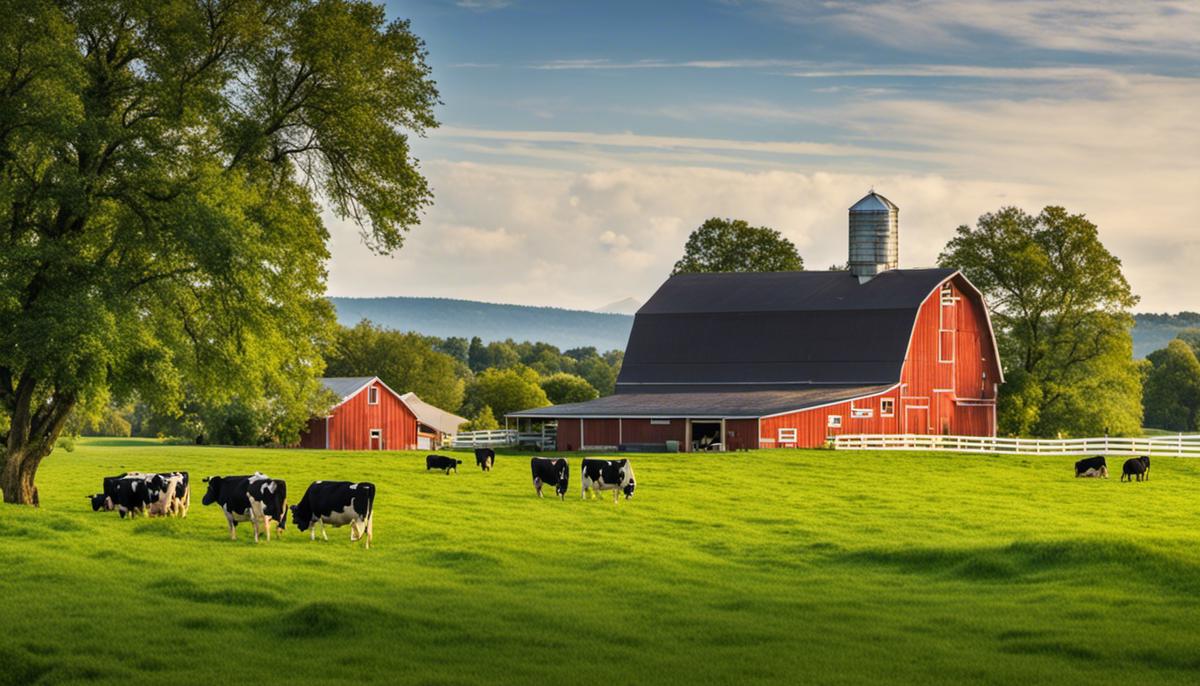
Methods of Livestock Farming
Methods in Livestock Farming: Approaches to Advancing Food Security and Environmental Sustainability
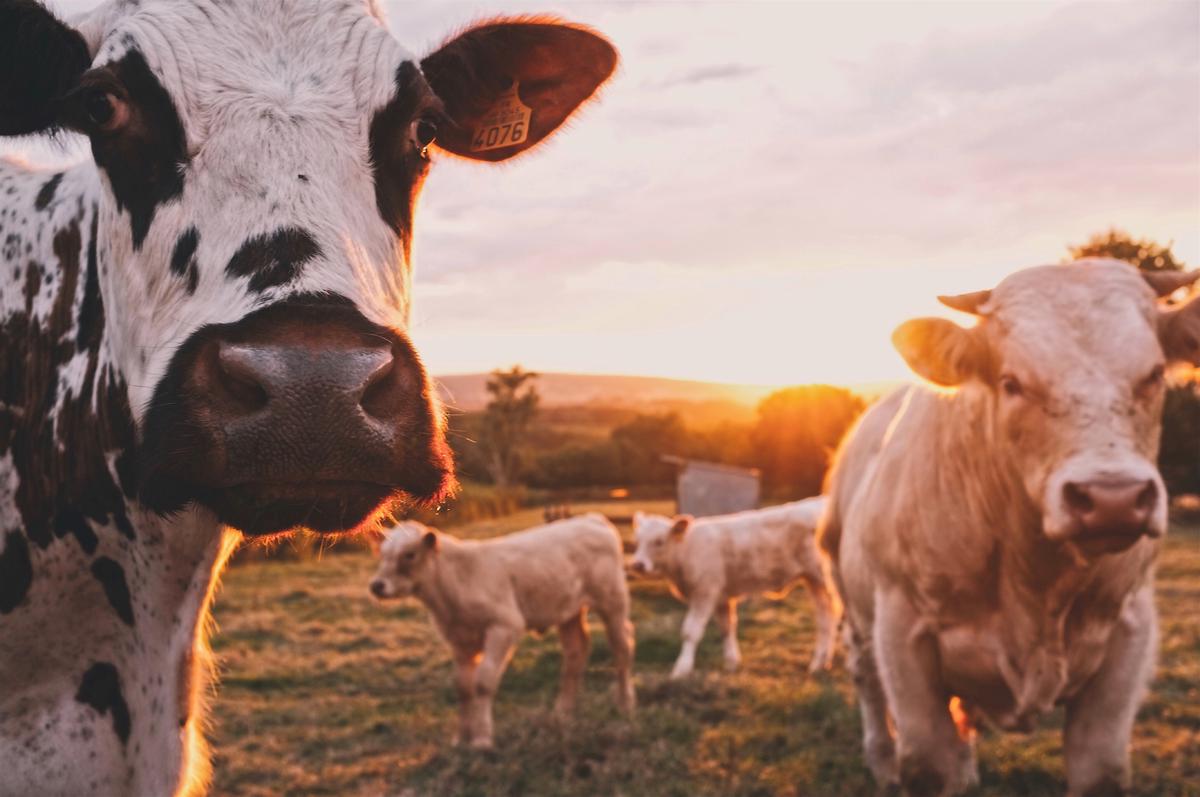
Diverse Breeds in Livestock Farming
Having now presented an expansive overview of livestock farming in general, let us delve deeply into a categorical understanding of the various breeds of livestock commonly reared, and the reasons behind their wide usage.
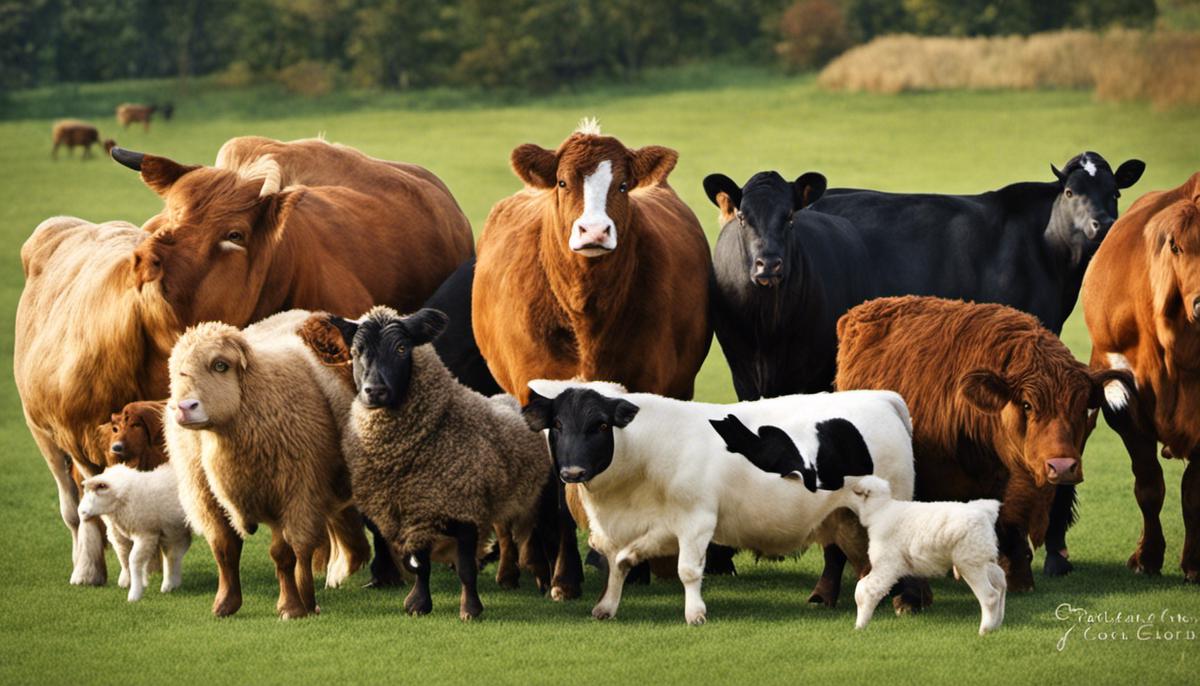
Intriguing Facts and Figures about Livestock Farming
